Tuesday, November 18th 2014
 More than 57,000 Pennsylvanians currently work at 4,200 clean energy businesses statewide, according to a first-of-its-kind clean energy jobs report released today by nonpartisan business groups Keystone Energy Efficiency Alliance (KEEA) and Environmental Entrepreneurs (E2).
More than 57,000 Pennsylvanians currently work at 4,200 clean energy businesses statewide, according to a first-of-its-kind clean energy jobs report released today by nonpartisan business groups Keystone Energy Efficiency Alliance (KEEA) and Environmental Entrepreneurs (E2).
“Clean Jobs Pennsylvania: Sizing Up Pennsylvania’s Clean Energy Jobs Base and its Potential” – and the accompanying website www.CleanJobsPA.com – show that clean energy is an important and sizable employer in Pennsylvania. The report also shows that Pennsylvania lags behind other states, but could catch up with or surpass other states in clean energy jobs if it enacts or strengthens policies designed to encourage energy efficiency and renewable energy.
- Energy efficiency is the largest employer of the 57,330 Pennsylvanians who work in clean energy, providing jobs for about 37,500 workers, or about 65 percent of the clean energy sector. Small businesses employ the majority of clean energy workers.
- Clean energy employment grew by 4 percent last year, and is expected to grow by 8 percent next year.
- Despite strong growth, Pennsylvania is not living up to its potential for clean energy jobs. It trails other states with more supportive clean energy policies. Without policy improvements, it could miss out on major opportunities for future clean energy job growth.
- By strongly implementing the federal Clean Power Plan and strengthening or expanding policies such as Pennsylvania Act 129 and the state’s renewable energy portfolio standard, lawmakers could dramatically increase the number of job opportunities for Pennsylvanians, while saving businesses and consumers money and helping the state’s economy and its environment.
Rich Selverian, president of KEEA and CFO/COO at energy and building consulting and engineering firm MaGrann Associates, announced the new report today at KEEA’s annual conference in Harrisburg. Selverian said: “Policy plays a key role in the energy economy. At this turning point, our state’s decision makers should double-down on utility energy efficiency programs to support our state’s economic growth.”
E2 Executive Director Bob Keefe said: “Pennsylvania has a storied history as a leader in America’s energy economy. It now has the opportunity to lead again in the next evolution of energy – clean, renewable energy and energy efficiency. It’s up to Pennsylvania lawmakers whether the state will be a leader or a follower.”
Under the federal Clean Power Plan, Pennsylvania can reduce its carbon pollution emissions from existing power plants by 32 percent while creating thousands of new jobs in energy efficiency and renewable energy.
Additionally, strengthening Pennsylvania Act 129, the state’s energy efficiency law, also would drive job growth in businesses ranging from lighting and HVAC companies to efficiency research and development. Increasing the state’s renewable portfolio standard, which currently requires utilities to get 18 percent of their energy from wind, solar and other renewable sources, also would drive job growth and economic development.
Phil Jordan, vice president of BW Research, which conducted the study for E2 and KEEA, said that other states’ experiences show that smart clean energy policy improvements result in strong job growth.”Pennsylvania’s clean energy economy is poised for substantial job growth,” Jordan said. “More supportive policies, such as Maryland’s energy efficiency programs and New Jersey’s renewable energy incentives, could rapidly accelerate the growth of the industry in the Keystone State.”
For more information or to arrange interviews with experts above or with clean energy companies in Pennsylvania, please contact Pat Mitchell, pmitchell@hastingsgroup.com, 703-276-3266.
ABOUT THE GROUPS
Environmental Entrepreneurs (E2) is a national, nonpartisan group of business leaders,investors and others who promote smart environmental policies that drive economic growth. E2 members, active in nearly every state in the country, have built or financed more than 1,700 companies that have created more than 570,000 jobs, and manage more than $100 billion in venture and private equity capital. E2 is an affiliate of the non-profit Natural Resources Defense Council (NRDC).
The Keystone Energy Efficiency Alliance (KEEA) is a non-profit, tax-exempt 501(c)(6) corporation dedicated to promoting the energy efficiency and renewable energy industries in Pennsylvania. KEEA advocates on behalf of energy efficiency and renewable energyprofessionals on the local, state, and federal levels. By representing the interests of the clean energy industry in Pennsylvania, KEEA is growing the market for energy efficiency and helping the Keystone State secure a prosperous, sustainable tomorrow.


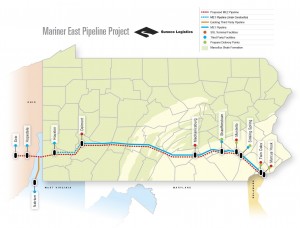
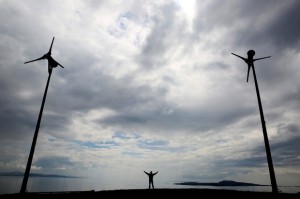
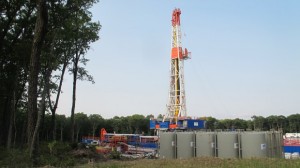
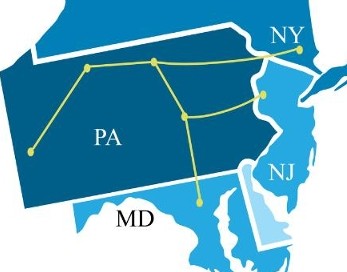


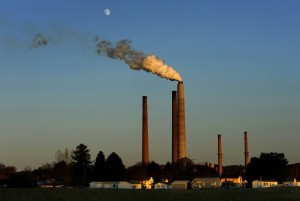 “The Supreme Court on Monday mostly validated the Environmental Protection Agency’s plans to regulate major sources of greenhouse-gas emissions such as power plants and factories but said the agency had gone too far in interpreting its power.
“The Supreme Court on Monday mostly validated the Environmental Protection Agency’s plans to regulate major sources of greenhouse-gas emissions such as power plants and factories but said the agency had gone too far in interpreting its power. Pennsylvania would be required to reduce greenhouse gas emissions by about 32 percent over the next 15 years under new federal regulations announced on Monday.
Pennsylvania would be required to reduce greenhouse gas emissions by about 32 percent over the next 15 years under new federal regulations announced on Monday.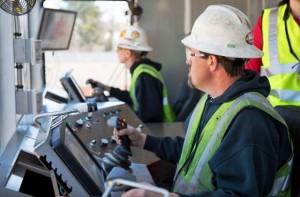 In the past few years, the Marcellus Shale has rapidly become one of the most productive gas plays on the planet. But for many people in Southeastern Pennsylvania– the state’s most populated region– the boom has been out-of-sight and out-of-mind.
In the past few years, the Marcellus Shale has rapidly become one of the most productive gas plays on the planet. But for many people in Southeastern Pennsylvania– the state’s most populated region– the boom has been out-of-sight and out-of-mind.